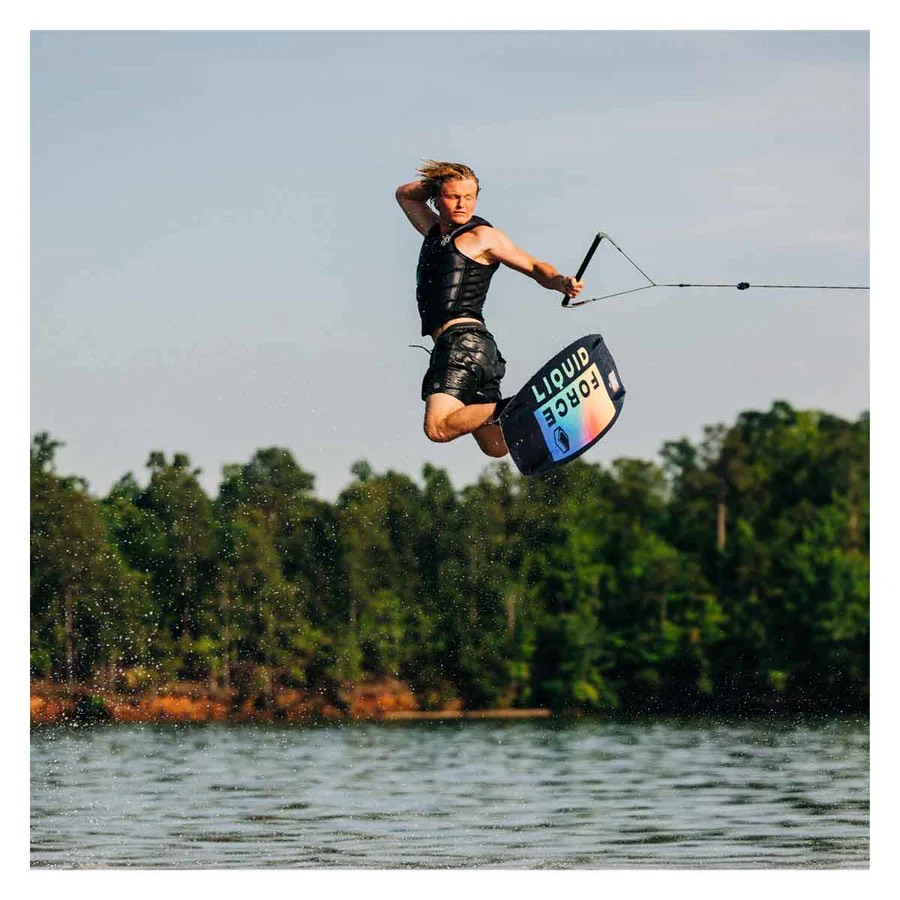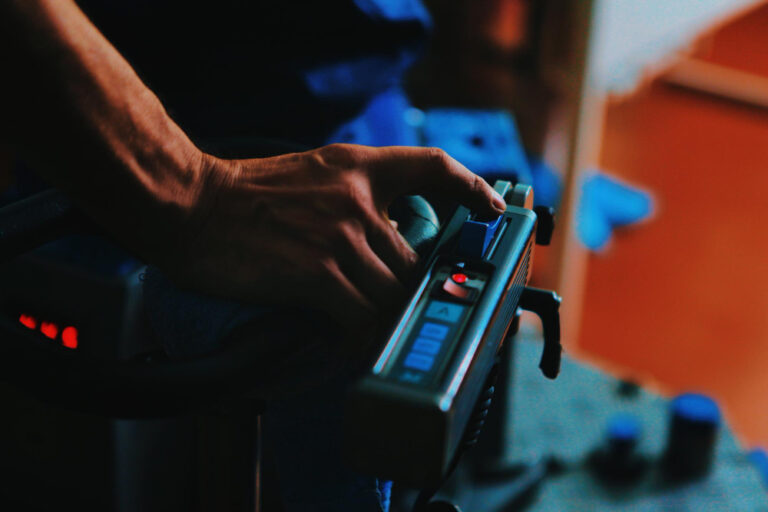Pulse of the Water: The Ultimate Wakeboard Experience
Imagine the thrill of speeding across the water, the wind rushing past your face, and the gentle rhythm of waves beneath your board. You’re in sync with the pulse of the water, every movement calculated yet fluid. Welcome to wakeboarding—the ultimate water sport that blends balance, strength, and artistry in a high-speed dance across the surface of the water. Wakeboarding is more than just a hobby or sport; it’s an experience that challenges the body, sharpens the mind, and offers a deep connection to the water beneath you.
The Heartbeat of Wakeboarding
At its core, wakeboarding is about tuning into the pulse of the water. Whether you’re slicing through the stillness of a lake or riding the wild waves of the ocean, you must synchronize your movements with the natural rhythm around you. The water may appear calm, but beneath the surface is a living, moving force that demands attention and respect.
The connection between the rider, the board, and the water is crucial. Just like a dancer must feel the music, a wakeboard must feel the water’s flow. From the moment you grasp the tow rope and take off, you become part of this dynamic ecosystem, riding its pulse and making it your own.
The Evolution of Wakeboarding
Wakeboarding may feel like a modern sport, but it has deep roots. It evolved from a combination of surfing and water skiing, growing from the experimentation of water enthusiasts who wanted more control and freedom on the water. The boards became shorter and more agile, the tricks bolder, and wakeboarding began to take on its distinct identity.
In the late 1980s and early 1990s, the sport exploded in popularity, attracting athletes and adventurers seeking new ways to challenge themselves. Competitions soon followed, with riders developing intricate maneuvers, spins, and aerial tricks that pushed the limits of what was possible on the water. The sport continues to evolve today, with technology advancements in boat wakes and cable parks allowing riders to unlock even more potential.
Riding the Pulse: Essential Wakeboarding Skills
To experience the ultimate wakeboard ride, you first need to master the fundamentals. These core skills set the stage for your progression as a rider, from basic navigation to complex tricks.
1. Getting Started: Mastering the Deep Water Start
The first challenge any wakeboarder faces is getting up on the board. This involves starting from a deep-water position while the boat or cable system pulls you up onto the water’s surface. To begin, sit in the water with your knees bent and the wakeboard floating in front of you. As the boat starts to pull, maintain a relaxed grip on the tow rope, letting the boat’s power lift you rather than trying to pull yourself up too quickly.
The key is to remain patient and balanced, keeping your arms straight and allowing the board to plane on the water. Once you’re on the surface, slowly stand up, staying low with bent knees for added stability. As you become comfortable, you can start to play with your stance, shifting your weight between your toes and heels to steer the board.
2. Maintaining Control and Balance
Balance is the backbone of wakeboarding. From maintaining your stance to controlling your speed, wakeboarding requires constant micro-adjustments of your body. The goal is to ride with relaxed focus—remaining loose enough to respond to changes in the water but firm enough to control your direction.
As you ride, your posture plays a significant role. Keep your knees slightly bent to absorb the shock of the water, and lean back just a little to counter the boat’s pull. Your arms should stay straight, and your weight should be centered, with slight shifts in your body to adjust your course.
3. Learning to Cross the Wake
Crossing the wake is one of the most exciting challenges for new wakeboarders. The wake, created by the boat, acts as both an obstacle and a launching pad for tricks. To cross it, approach the wake with speed and confidence, leaning slightly back on your heels for control. As you hit the top of the wave, keep your knees bent to absorb the impact, and then glide smoothly to the other side.
The sensation of crossing the wake is like breaking through an invisible barrier. The jolt of energy as you hit the wave, followed by the smooth transition to the other side, gives you a glimpse of the power and possibilities that wakeboarding offers.
Synchronizing with the Pulse: Advanced Techniques
Once you’ve gained confidence in the basics, you can begin exploring more advanced techniques that take your wakeboarding experience to the next level.
1. Building Speed and Carving the Water
The faster you go, the more exciting wakeboarding becomes. Building speed allows you to perform more dynamic moves, from sharp turns to jumps. To increase your speed, carve hard into the wake by leaning into your turns and pushing your body weight down through your heels or toes. This movement, called “edging,” creates tension in the tow rope, giving you more control and momentum.
Carving the water is like painting on a blank canvas. With each stroke of the board, you create patterns in the water, leaving behind the signature of your ride. The deeper you carve, the more dramatic and thrilling the ride becomes.
2. Wake Jumps: Catching Air
Once you’ve mastered the wake, it’s time to start catching air. Wake jumps are a defining aspect of wakeboarding, offering an adrenaline-fueled moment of weightlessness as you soar over the water. To perform a wake jump, approach the wake from a wide angle, building speed as you cut toward the wave. As you hit the peak, use your legs to push off the wake, launching yourself into the air.
In that brief moment of flight, the world seems to slow down. The water below turns into a blur, and you’re free to execute tricks, grabs, or spins before gravity pulls you back down. Landing a jump takes practice and control, as you’ll need to bend your knees to absorb the impact and keep your balance as you reconnect with the water.
3. Spins and Flips: Taking Tricks to the Next Level
For those seeking to push their limits, spins and flips are the ultimate test of skill and bravery. Spins, such as the 180 and 360, require you to rotate in mid-air, keeping control of the board while maintaining your grip on the tow rope. The key to a successful spin is initiating the rotation with your shoulders and hips, keeping your eyes focused on the horizon to prevent disorientation.
Flips add another layer of complexity, turning your body upside down as you perform aerial acrobatics. Timing and precision are crucial when attempting flips, as you’ll need to use the wake’s natural lift to propel you high enough for the rotation.
The Mental Game of Wakeboarding
Beyond the physical demands, wakeboarding challenges your mental game. Fear, doubt, and hesitation can creep in, especially when attempting new tricks or riding in challenging conditions. But part of the wakeboard experience is learning to conquer these internal barriers.
The best way to overcome fear is by setting small, achievable goals. Whether it’s crossing the wake for the first time or landing a simple jump, each success builds your confidence and pushes you to try more advanced moves. Wakeboarding is as much about mindset as it is about technique. Developing mental resilience and focus allows you to stay calm and controlled, even when the water gets rough.
The Wakeboarding Community: Sharing the Pulse
One of the most rewarding aspects of wakeboarding is the sense of community it fosters. Riders from all walks of life come together to share their passion for the sport, offering advice, support, and encouragement. Whether you’re practicing with friends at a local lake or attending a wakeboarding event, the camaraderie and shared experience of riding the waves create a strong bond among wakeboarders.
Competitions add a thrilling element to the sport, with riders showcasing their skills, creativity, and daring moves. But even outside of competition, the wakeboarding community is welcoming and inclusive, with experienced riders eager to help beginners learn the ropes and improve their techniques.
The Ultimate Wakeboarding Environment: Lakes, Oceans, and Cable Parks
Wakeboarding can be enjoyed in various settings, each offering a unique pulse and rhythm. Calm lakes provide the perfect environment for beginners to hone their skills, with smooth, predictable water ideal for learning new tricks. Oceans, on the other hand, offer a more dynamic experience, where natural waves add an extra challenge and excitement.
Cable parks have also become popular destinations for wakeboarders, offering a controlled environment where riders can practice jumps, spins, and obstacles like ramps and rails. Cable parks use an overhead system of cables to pull riders across the water, allowing for a continuous ride without the need for a boat.
Conclusion: The Pulse of the Water Beckons
Wakeboarding is more than just a sport; it’s an experience that immerses you in the pulse of the water. From the first time you stand on the board to the moment you land a perfect spin or jump, wakeboarding offers a unique blend of physical challenge, mental focus, and pure exhilaration.
Each ride is a dance with the water, a chance to express your creativity, push your limits, and connect with the natural world. Whether you’re gliding across a calm lake or soaring over the wake, the pulse of the water is always there, guiding your movements and fueling your adventure. As you embark on your wakeboarding journey, remember that the ultimate experience lies not just in the tricks and the speed, but in the rhythm and connection you create with the water itself.






